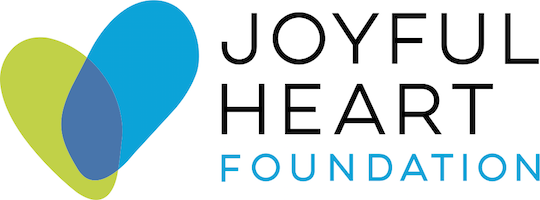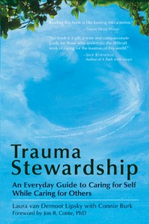You can leave this site quickly.
Learn more about Internet safety.
Identifying Vicarious Trauma
It is essential to start understanding vicarious trauma, compassion fatigue, or burnout on a personal level as professionals in the field work deeper with healing. The following questions can help you may benefit from taking a closer look into your own experience.
Does my work and everyday experiences regularly involve the suffering of others?
These experiences might include hearing someone tell their story, reading a case file, debriefing with a colleague, or supervising traumatic material. You could also be reporting on these issues for the media, managing social media content for an organization that does work in this field, or answering the phone when crisis calls come in.
Am I in a position where I feel responsible for someone’s safety or well-being?
This could be direct, such as helping a family relocate due to a threat of safety. It can also be indirect, such as being under pressure to raise enough funds to keep crucial programs running or being involved in a prevention campaign.
Do I intuitively know—even if I’m not ready to say it out loud—that my work is starting to affect my health, life, or relationships?
This is tricky to identify because the toll of vicarious trauma is slow and cumulative. Our worldview changes over time. Right now, simply ask yourself “have I changed?” If so, the next section on the signs of vicarious trauma may be helpful to you as a next step in understanding your experiences.
Do I work harder than I should for my mental and physical health because the issue feels deeply personal to me?
When a healer has a personal connection to the issue space, it can be natural to feel more invested in the work. If professionals expect to find healing through their work, it can set healers up to re-experience the impact of their own trauma. Healers should keep in mind how their personal perspective may affect those they serve, who each have their own unique healing paths.





